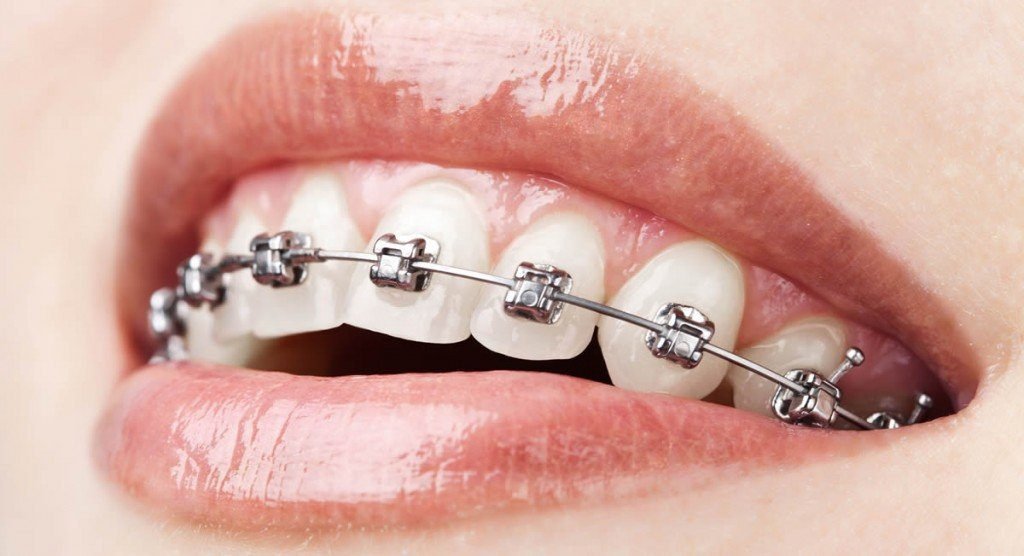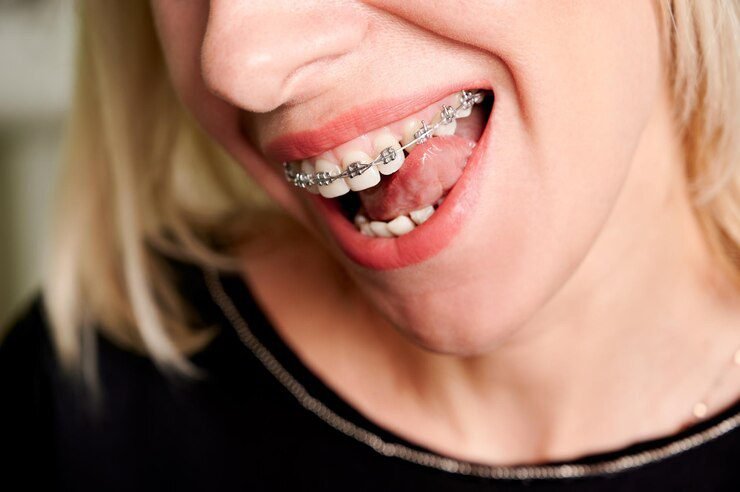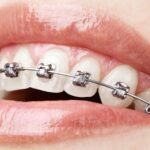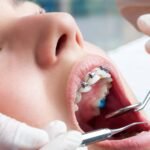Table of Contents
Orthodontic Evaluation: Consulting with a professional to determine the best age for braces
Orthodontic evaluation plays a crucial role in determining the best age for braces. Consulting with a professional in orthodontics offers valuable insights and expertise in assessing the individual’s dental development, alignment, and bite. By examining factors such as jaw growth, tooth eruption, and facial structure, orthodontists can determine the optimal age to begin orthodontic treatment and ensure the most effective and efficient results.

During an orthodontic evaluation, the professional will conduct a comprehensive examination, which may include X-rays, photographs, and dental impressions. This thorough assessment helps in identifying any underlying issues that may require orthodontic intervention, such as spacing, crowding, misalignment, or bite problems. The orthodontist will also consider the patient’s oral hygiene, overall dental health, and any existing dental work, such as fillings or crowns, to tailor a treatment plan that best meets their unique needs.
| Evaluation Factor | Description |
|---|---|
| Dental Development | Assessing the growth and alignment of permanent teeth |
| Jaw Growth | Evaluating the growth pattern of the jawbones |
| Bite Alignment | Checking for overbites, underbites, crossbites, etc. |
| Oral Health | Examining the overall health of the teeth and gums |
| Facial Structure | Considering the impact of facial structure on alignment |
| Patient Preferences | Discussing the patient’s desires and concerns |
| Treatment Options | Exploring various orthodontic treatment options |
Consulting with a professional early on allows for early detection and intervention, which can prevent or correct potential dental issues before they worsen. It is essential to prioritize orthodontic evaluation as a proactive step towards maintaining optimal oral health and achieving a confident smile.
Factors Affecting Treatment Timing: Considering individual factors that may influence the overall health
When it comes to orthodontic treatment, timing is an important factor to consider. Each individual may have specific factors that can influence when the treatment should begin. One such factor is the age of the patient. According to experts in the field, the best age for braces varies and is typically determined after a thorough evaluation by a professional.
Aside from age, other individual factors may come into play when considering the timing of orthodontic treatment. The severity of the dental issue, the growth and development of the patient’s jaw and teeth, and the overall oral health condition are all important aspects to consider. A consultation with a professional is necessary to assess these factors and determine the optimal timing for treatment.
By taking into account these individual factors, orthodontic professionals can provide personalized treatment plans that are tailored to the unique needs of each patient. This ensures that the treatment is most effective and efficient, ultimately leading to the best possible outcome.
At what age should I consult with a professional to determine the best timing for braces?
It is recommended to consult with an orthodontic professional for an evaluation at around the age of 7 when the first permanent molars and incisors have erupted.
What are some individual factors that may influence the timing of orthodontic treatment?
Individual factors that may influence treatment timing include the severity of misalignment, the growth and development of the jaw and facial bones, the patient’s oral hygiene habits, and any existing oral health issues.
Can I get braces at any age?
While braces can be effective at any age, it is generally recommended to undergo orthodontic treatment during childhood or adolescence when the jaw is still growing and more easily manipulated.
Are there any risks or side effects associated with getting braces at a later age?
While the risks and side effects of orthodontic treatment are generally minimal, adults may experience a slightly longer treatment time and may be more prone to temporary tooth and gum sensitivity during the adjustment period.
How do individual oral hygiene habits affect treatment timing?
Good oral hygiene habits are essential for successful orthodontic treatment. If a patient has poor oral hygiene habits, it may be necessary to address these issues before starting braces to minimize the risk of tooth decay or gum disease during treatment.
Can existing oral health issues delay the timing of orthodontic treatment?
Yes, existing oral health issues such as tooth decay, gum disease, or the need for extractions may need to be addressed prior to starting orthodontic treatment, which can delay the timing of braces.
Are there any factors that can expedite the timing of orthodontic treatment?
In some cases, early intervention orthodontics may be recommended to address severe misalignment or bite issues at a younger age, which can potentially expedite the overall treatment time.
What happens during an orthodontic evaluation?
During an orthodontic evaluation, the orthodontist will assess the alignment of your teeth, jaw growth, facial structure, and overall oral health. X-rays, photographs, and impressions of your teeth may be taken to aid in the evaluation process.
Can braces correct all types of orthodontic issues?
Braces are highly effective at correcting a wide range of orthodontic issues, including crooked teeth, overcrowding, overbites, underbites, and crossbites. However, in some complex cases, additional orthodontic appliances or surgical intervention may be necessary.
How long does orthodontic treatment typically last?
The duration of orthodontic treatment can vary depending on the individual case, but it typically lasts anywhere from 1 to 3 years. Regular adjustments and proper compliance with oral hygiene practices and wearing recommended appliances are important factors in achieving timely results.











